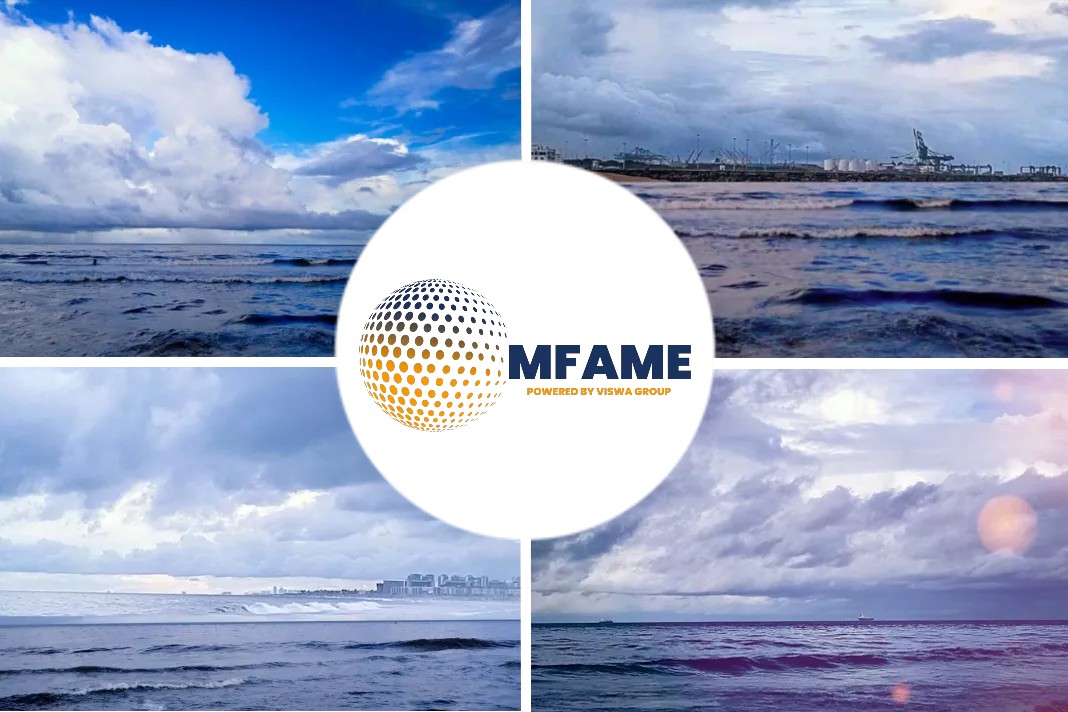- NCSR vouched the group to monitor potential new SOLAS chapters being added to the Polar Code.
- IMO’s Polar Code ensures the safety of ships that sail in the Arctic and Antarctic areas.
According to an article published in Safety4sea, the IMO’s Sub-Committee on Navigation, Communications and Search and Rescue (NCSR), conducted its 7th session on 15-24 January 2020.
IMO’s Polar Code
Amongst major shipping issues, they issued a correspondence group to monitor potential new SOLAS chapters being added to the Polar Code.
Specifically, IMO’s Polar Code ensures the safety of ships that sail in the Arctic and Antarctic areas, keeping in mind the challenging weather condition, the extremes of temperature and that critical equipment remains operational under those conditions.
Safety measures of the Code on non-SOLAS ships
The 31st Assemble in 2019, adopted a resolution which urged all Member States to implement, voluntarily, the safety measures of the Code on non-SOLAS ships that operate in the Arctic and Antarctic, including all fishing vessels which are of 24 metres long and more and also pleasure yachts of 300 gross tonnage and above not engaged in trade.
However, although the Polar Code is mandatory under SOLAS, for the time being, the regulation excludes fishing vessels, pleasure yachts, smaller cargo ships under 500 gross tons and vessels on domestic voyages.
Now, the industry is considering of adding the chapters 9, Safety of Navigation, and 11, Voyage Planning, of the Polar Code to non-SOLAS ships and how best to enhance the safety of these ships when operating in polar waters.
Correspondence group
Consequently, a correspondence group was established to continue this work intersessionally and provide feedback to NCSR 8 in 2021.
Overall, the session discussed several shipping topics, including the finalization of the draft amendments on the modernization of the global maritime distress and safety system, as well as proceeded to amendments on ships’ routeing measures, and approved guidance for SAR services regarding aircraft autonomous distress tracking
Did you subscribe to our daily newsletter?
It’s Free! Click here to Subscribe!
Source: Safety4sea



















